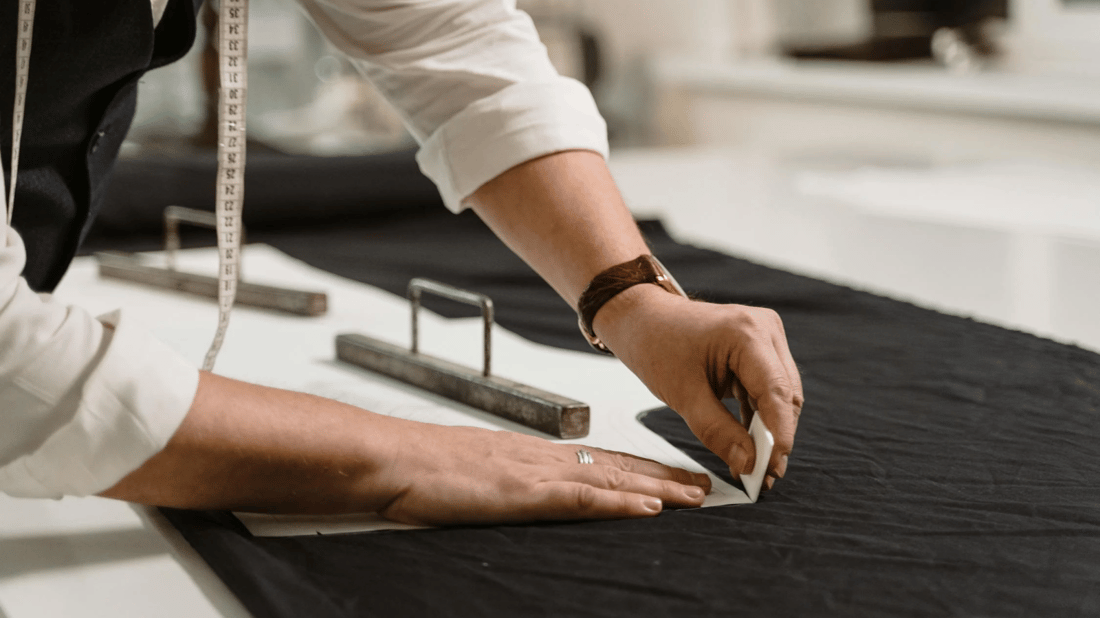Fabric inspection is the process of examining fabrics for quality control and assurance. It involves a systematic and comprehensive evaluation of the fabric's physical and visual properties, such as fabric weight, color consistency, texture, and many other factors. It is done to ensure that the fabric meets the desired standard and specification before sending it to production.
The Significance of Fabric Inspection
Fabric inspection plays an essential role in the textile and garment industry. By thoroughly examining the fabric, it ensures customer satisfaction and minimizes the risk of negative feedback or returns. It also guarantees that the finished garment meets the quality standards of the brand and avoids costly mistakes. Fabric inspection is an integral part of the production process that provides manufacturers with a final opportunity to detect any defects or inconsistencies before starting to work on the fabric.
Types of Fabric Inspection
There are several types of fabric inspection in the textile industry, including visual inspection, spectrum evaluation, fabric weight checking, and many more. Visual inspection evaluates the physical appearance, size, and color of the fabric. The spectrum evaluation measures the color consistency of the fibers using a spectrophotometer. The fabric weight checking verifies the weight of the fabric. Other critical inspections include the fabric's construction properties, such as the fabric's tensile strength and abrasion resistance.
The Fabric Inspection Process
The fabric inspection process is an essential step in apparel manufacturing. It is best to conduct an inspection before cutting the fabric to minimize production time and avoid costly errors. The inspection process involves checking the fabric for color consistency, fabric width, fabric weight, and more. The fabric is then marked or graded appropriately. The inspection process may differ depending on the garment's end use, such as athletic wear, formal wear, casual wear, and many more.
The Benefits of Fabric Inspection
Fabric inspection is essential for ensuring quality control in the textile industry. It helps prevent defects and ensures customer satisfaction. It also helps to minimize the risk of costly errors or negative customer feedback. By performing a thorough inspection, manufacturers can avoid many potential problems, such as incorrect sizing, color inconsistencies, and more.
Challenges in Fabric Inspection
Although fabric inspection is a critical part of the production process, it can be a challenging task. One of the major challenges of fabric inspection is the handling of large volumes of fabric, which can be time-consuming. Another challenge is the lack of skilled labor and expertise in the inspection process. This challenge can be addressed by employing professional inspectors who have the necessary skills and experience in fabric inspection.
Conclusion
In conclusion, fabric inspection is vital in maintaining quality control and ensuring customer satisfaction in the textile and garment industry. By following a systematic and comprehensive inspection process, manufacturers can prevent costly errors and avoid negative customer feedback. It also helps to minimize the risk of defects and problems that can arise during production.
fabric inspection, textile industry, quality control, customer satisfaction, inspection process, color consistency, fabric weight, garment industry, negative customer feedback, production process
The Importance of Fabric Inspection: Ensuring Quality and Satisfaction
Learn about the importance of fabric inspection and how it maintains quality control in the textile and garment industry.
Quote Inquiry
If you have any qustions, please let us know asap!

